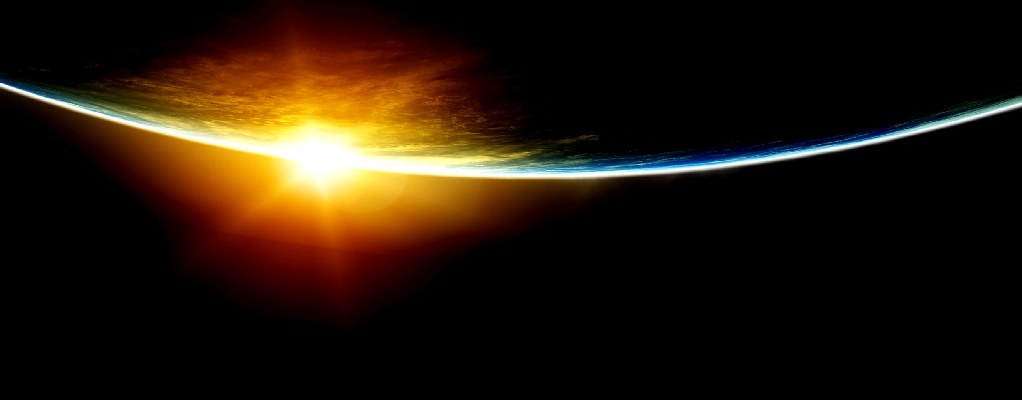
MOST
Microvariability & Oscillations of Stars Microvariabilité et Oscillations STellaire
Mi
Mi
Canada’s first
space telescope
Peering into the hidden hearts of stars
Finding and exploring exoplanets
Reading stellar life stories
 HOME
HOME
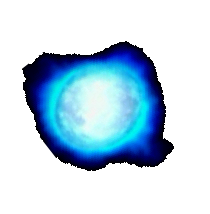

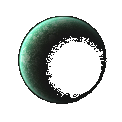 NEWS
SCIENCE
GALLERY
NEWS
SCIENCE
GALLERY
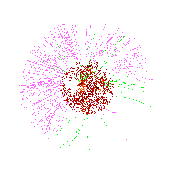 LINKS
LINKS
 MISSION
MISSION
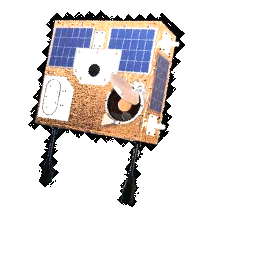
AT A GLANCE
Scientific Goals (in astro-
- Asteroseismology of acoustic and gravity-
mode oscillations in Sun- like stars, magnetic (rapidly oscillating Ap or roAp) stars, cool giants, pre- main- sequence delta Scuti pulsating stars, massive O and B stars, and other stellar classes, to probe uniquely their internal structures and evolutionary states - Analyses of the transits and eclipses of exoplanets around Sun-
like stars and red dwarf stars, to reveal their sizes, atmospheric compositions, magnetic fields and other properties - Measurement of the turbulent variations in massive evolved (Wolf-
Rayet) stars to understand how they add gas to the interstellar medium - Measurements of structure & variability of gas and dust disks around pre-
main- sequence stars
Scientific Goals (in plainer English)
Can we understand our Sun in the context of other stars? By putting a birth date on the oldest stars in the solar neighbourhood, can we set a limit on the age of the Universe? How do strong magnetic fields affect the physics of other stars and our own Sun? What are mysterious planets around other stars really like? How did the atoms which make up our planet and our very bodies escape from stars in the first place?
What MOST does?
It performs ultra-
The instrument
An optical telescope with a collecting mirror only 15 cm across, feeding a CCD camera
with a Marconi 47-
The camera is equipped with an array of Fabry microlenses which project a large stable image of the telescope pupil illuminated by target starlight, which is key to the highest photometric precision of MOST. For low cost and high reliability, the instrument has no moving parts. The structure automatically maintains the same focus across a wide range of temperatures, and exposure times are controlled by rapid frame transfer of the CCDs. The CCDs are cooled by a passive radiator system.
The spacecraft
The Instrument is housed in a suitcase-
Launch and orbit
MOST was carried aloft aboard a Russian three-
Communications
Three S-